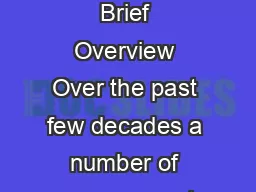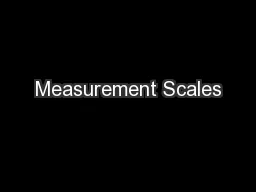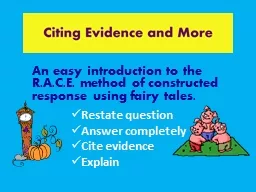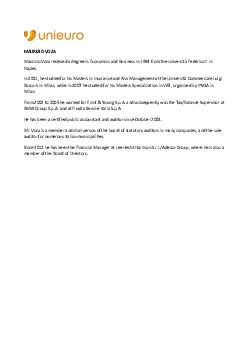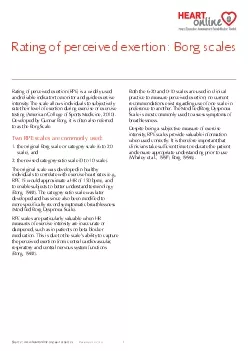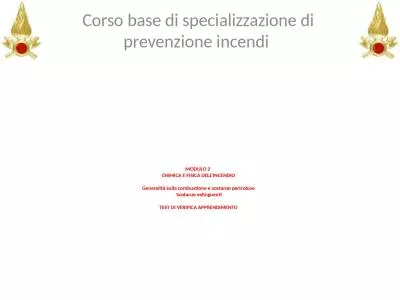PDF-Chapter Rating Scales for Depression Cristina Cusin Huaiyu Yang Albert Yeung and Maurizio
Author : kittie-lecroy | Published Date : 2015-01-20
All those scales have relative strengths and weaknesses and some of them have been more successful than others and have become the gold standards for depres sion
Presentation Embed Code
Download Presentation
Download Presentation The PPT/PDF document "Chapter Rating Scales for Depression Cr..." is the property of its rightful owner. Permission is granted to download and print the materials on this website for personal, non-commercial use only, and to display it on your personal computer provided you do not modify the materials and that you retain all copyright notices contained in the materials. By downloading content from our website, you accept the terms of this agreement.
Chapter Rating Scales for Depression Cristina Cusin Huaiyu Yang Albert Yeung and Maurizio: Transcript
Download Rules Of Document
"Chapter Rating Scales for Depression Cristina Cusin Huaiyu Yang Albert Yeung and Maurizio"The content belongs to its owner. You may download and print it for personal use, without modification, and keep all copyright notices. By downloading, you agree to these terms.
Related Documents


